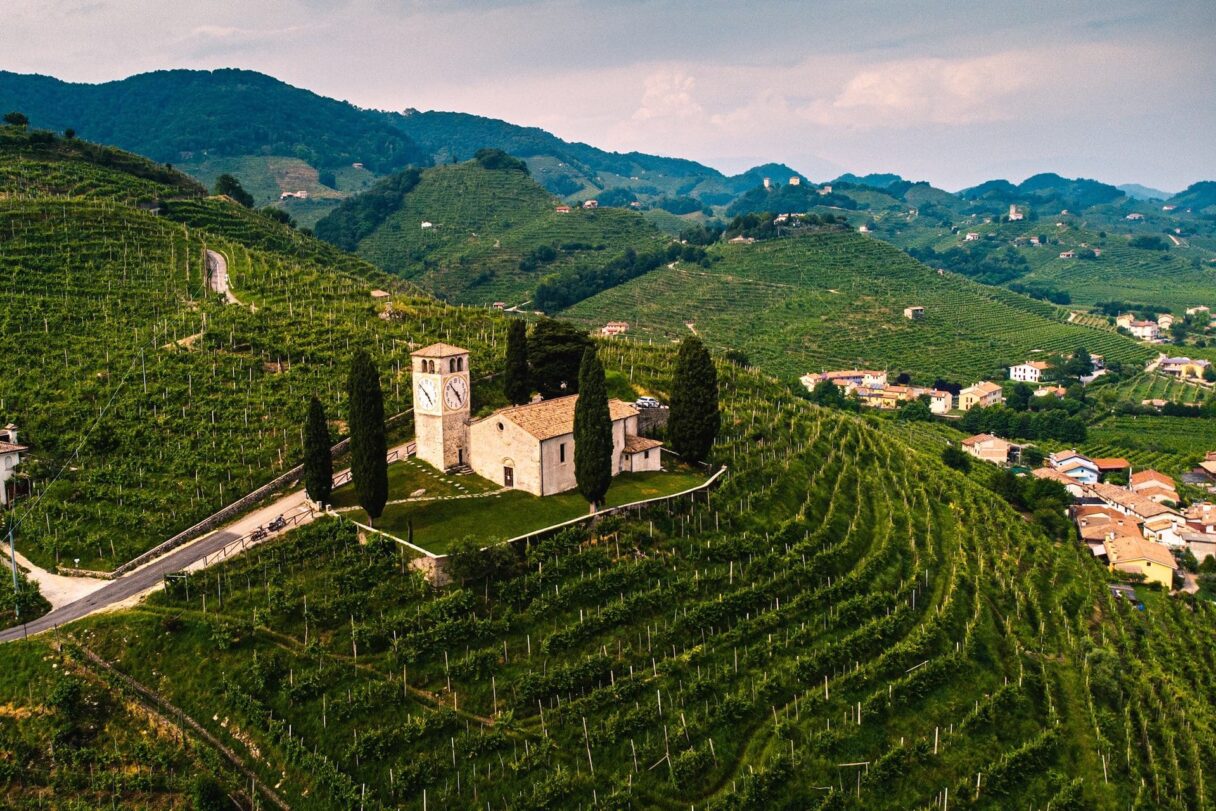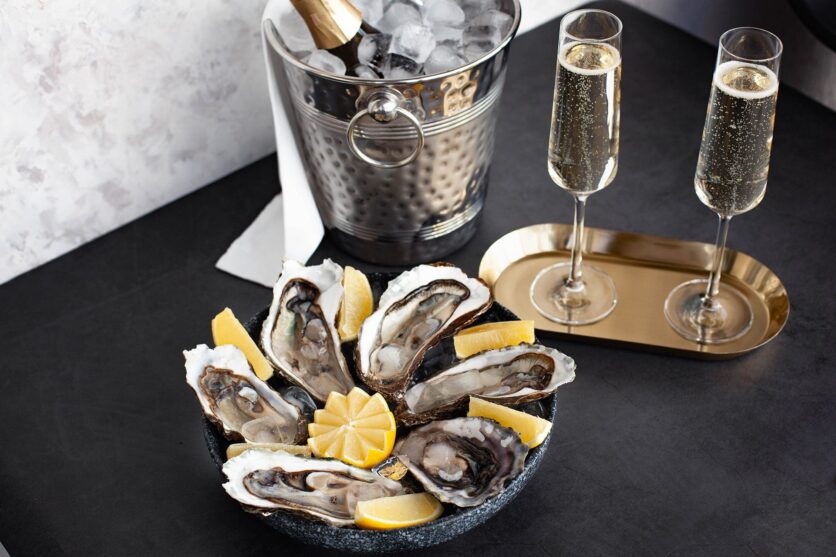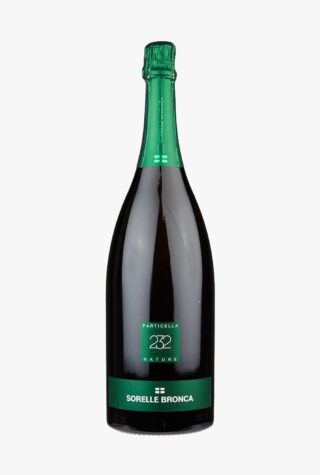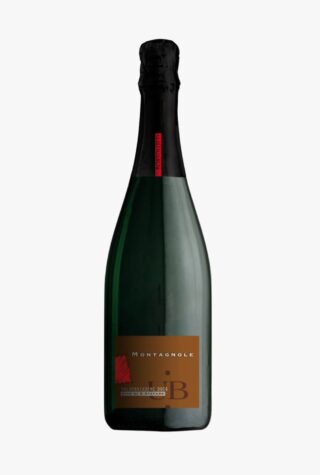
The Italian equivalent of champagne, Prosecco originates from the Valdobbiadene region, just north of Venice, and is made using Glera grapes. Dry in style, expect three varieties in the form of brut (minimal amount of sugar), extra dry, and dry, all of which should, of course, be served cold and ideally in the sunshine.
The elegant taste, and affordable price point, of Prosecco have seen it become a hugely popular serve worldwide, bridging the gap between expensive champagnes and the dated, sweet sparkling wines of bygone times. As such, sales outside of Italy have been creeping up since the late ‘90s, with a huge surge in popularity from 2008 that continues to this day – in 2023, it was crowned the best-selling sparkling wine in the UK. London-based Jasper Delamothe, founder of Oranj – an online wine shop, and IRL bar in Shoreditch – shares his expert intel.
What is Prosecco?
Prosecco is a sparkling wine made under the Italian DOC system. The DOC is a certification applied to Italian wines that, under the law, have a distinctive quality, determined by the production area and grape varietal as well as the processing and aging techniques.
It is worth noting that there are some incredible alternatives that do not fall under the DOC classification because they choose not to use sprays on the vineyards and sulphites during bottling. Look out for names such as Costadilia and Alex Della Vecchia.

Where is it made?
Prosecco is produced in a large area that stretches across nine provinces in the Veneto and Friuli Venezia Giulia regions, north of Venice.
How is Prosecco made?
Prosecco is made using the ‘Charmat method’, where secondary fermentation takes place in a pressurised stainless steel tank.
Is it made differently to champagne?
Champagne is made using the ‘traditional method’, where the secondary fermentation takes place in the bottle. With champagne, the closer contact with yeast produces tasting notes of freshly baked bread, toast, and citrusy notes like orange zest. The yeast has less of an effect on Prosecco so the tasting notes are often light and fruity.
What makes a good Prosecco?
To me, a good bottle feels light and zesty, with notes of toasted almond and brioche. The delicate bubbles are, of course, very important!

What foods should I pair with Prosecco?
Aperitivo snacks like oysters and olives work really well. The wine’s pithy nature also makes it perfect to cut through fatty slices of salumi and Soprèssa Vicentina or cow’s milk cheeses like Asiago.
Read more: The best rose wine for summer
The post The expert’s guide to Prosecco appeared first on Luxury London.


